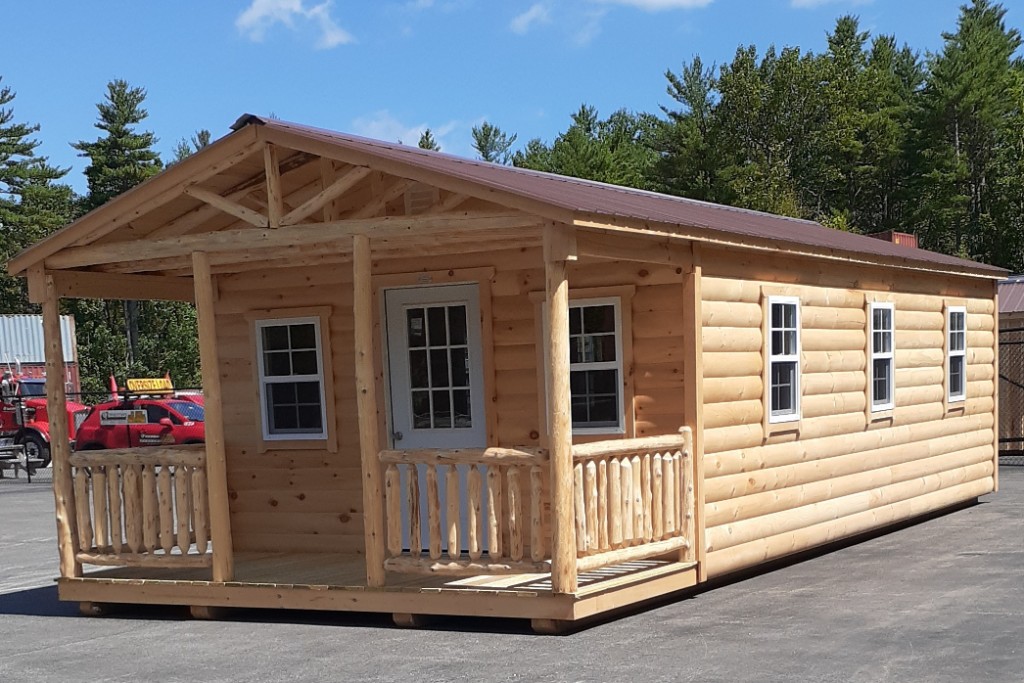Table of Content
But I’ll give you the benefit of my experience as to why I think simpler is better. As you get more complex, you increase the setup and maintenance burden. Router – Routers must have routes configured, either automatically through a route discovery protocol or statically set. Routes are used in order to allow IP traffic to pass between different network subnets. Conversely, if a route is not present then no traffic will flow between those subnets.

This works best if you have a NAS or a home server but will work on a computer as well. You can install something called Plex, which is a centralized media software. You create a movie-library in Plex and point it to a folder on the server/computer where you have all your movies. This will allow all your devices on your network to reach the printer and the next time you find something on your phone, you can print directly from the phone, saving some hassle.
Setting up Your Home Network
When you’re shopping for equipment, here are several key features to look for. Note that you can still find routers that connect only via wired links and don’t have built in access points. Traditionally, access points simply existed to connect Wi-Fi-equipped PCs, and didn’t handle routing functions. These days that definition has become a little fuzzy, and most home-oriented access points have built-in routers but lack wired-ethernet switches. Do you watch TV through the Internet, using services like Hulu or the networks’ own Websites? If you’re streaming video from the Internet to multiple locations in your home, you’ll want a reliable networking infrastructure–probably a wired network.
You may have heard the term “network of networks” used to describe the Internet. There are dozens of individual internet providers in any given city , and your traffic may touch any number of them as it passes between your LAN and the server providing content. The term “home network” refers to the web of devices within your home, including your laptop, smartphone, tablets, IoT devices, router, video streaming device, etc. Plus, there are other aspects to look at, depending on the size of the establishment. For instance, you need to check for the interference, walls, doors, routing range, the distance between the router and the concerned devices, and obviously the budget.
How to Design a Network + Best Network Design Tools
This is like a bowl of candy where every piece can freely move around and touch all the others. SolarWinds Network Topology Mapper tops the network design tools on this list. NTM is a great facilitator for robust, accurate, and efficient network design. The auto-discovery feature sets this tool apart from others, because it requires the least manual intervention.
Another option is a network bridge that uses another router configured to connect to the wireless network. When the network bridge connects to the wireless network the ethernet ports will be connected to the internet and can provide a wired connection to your device. Network Topology Mapper ranks highest on this list because it uses a unique multi-layer discovery technique to automatically discover your WAN or LAN. Typically in a matter of minutes, this network design software produces network diagrams integrated with OSI layer 2 and 3 topology data. This includes switch-to-node, switch-to-router, and switch-to-switch port connections, with other detailed device information. You can also use the auto-discovery capabilities to edit node details of map objects and connect network devices manually.
Home Network Design – Part 2
Finding the right combination of these concepts is a balance between your configuration needs, your available equipment, and your throughput requirements. As freeware, this network design software isn’t easily upscaled. However, if you’re new to network design and want to try your hand at it, Diagram Designer is a great place to start. This network design software has the bandwidth to handle small and large networks, so it’s scalable and suited to enterprise-grade requirements.
Each data packet received causes the computer to respond with a receipt packet. If the sender doesn't receive this in good time, it knows it must resend the data packet. Hubs are fine for networks consisting of just a few computers where routing to different subnets isn't going to be needed . However, the blind retransmission of packets on all lines can lead to congestion. In this article, we'll demystify networking, explore essential theories and recommend the best kit around. Yes, they need some updating, but that is not required to do every month.
Step 2: Setting Up Hardware and Optimal Location
For security reasons you may find the need to split your home network. This is especially true in small business networks like restaurants etc were customers are also given access to the network. Extending your Wi-Fi coverage by installing additional Wireless Access Points or a more powerful access point. DSL Modem– converts digital signals into analogue signals that are suitable for sending over a telephone line. It is usually built into the Internet/broadband router and is not normally purchased as a separate component.

Unlike the wireless network that can be established via USB network adapters, Ethernet networks only work if the concerned device has a network adapter to show for. Plus, you need to understand that not every Ethernet port connects to the gadgets at home. Make sure to connect the ethernet cable into the internet ethernet port on the router otherwise the router will not have internet access. At this point we have one network segment for sure that contains all the aforementioned auto-discovery related devices. But in practice, this is likely too complex and time-consuming to be worth it. This is why I advised to keep going an extra step and see which devices make sense to group together next.
The way Wi-Fi networking works, computers closer to the router get better network speed than computers farther away. Both antennas and signal boosters can be a valuable addition to some home networks after the basics are in place. They can bring out-of-range computers into the WLAN range, and they also improve network performance in some cases. Network diagrams display the standard network components and their respective connections. In addition to the Nintendo Wii, we have an iPhone and an iPad connecting via Wi-Fi, as well as a couple of laptop PCs. We’ve never had a problem with network throughput to any device in the house, even with multiple large downloads.

Each device you connect to a WLAN must possess a wireless network adapter. Wireless adapters are sometimes calledNICs, short forNetwork Interface Cards. Wireless adapters for desktop computers are often smallPCIcards or sometimes card-likeUSB adapters. Wireless adapters for notebook computers resemble a thick credit card. Nowadays, though, an increasing number of wireless adapters are not cards but rather small chips embedded inside notebooks or handheld computers. Depending on your needs, just a single router with four ethernet ports and Wi-Fi access-point capability may get the job done.

No comments:
Post a Comment